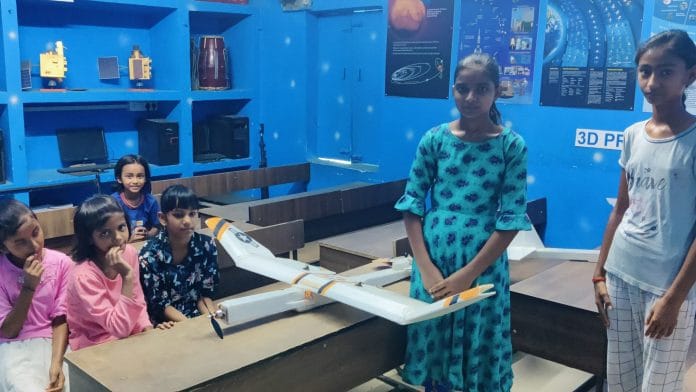Hasudi Ausanpur (Uttar Pradesh): Avantika Kumari no longer wants to be an IAS officer. She has discovered something far more exciting—space, stars, and satellites.
The 14-year-old from Hasudi Ausanpur village in eastern Uttar Pradesh along the Nepal border is part of the first cohort of 30 students to graduate from India’s first rural space laboratory. All it took was a Bollywood movie, a group of students who dared to dream big, a village head who supported them, and a leap of faith by the Indian Space Research Organisation (ISRO) on Children’s Day two years ago. Now, they’re trying to build a local weather station and see if drones can be used to predict floods.
The shy teenager from Siddharthnagar, which was categorised as among the least developed districts in the country in a 2018 NITI Aayog report, rattles off about rockets, drones, and aeroplanes. She can give a lesson or two on satellite designs. And she knows how to build a basic telescope.
Avantika’s responses are monosyllabic until the conversation shifts to space and science.
“Around two years ago, if you would have asked me what I wanted to be when I grew up, I would have told you I wanted to become a teacher or maybe an IAS officer. Most children would have had the same answer,” she says.
Now, Avantika is gunning for the stars.
Some of them came to discuss it more. When I saw their interest, I encouraged them to write to ISRO to build a similar space programme in our village
— Dilip Tripathi, Hasudi Ausanpur village pradhan
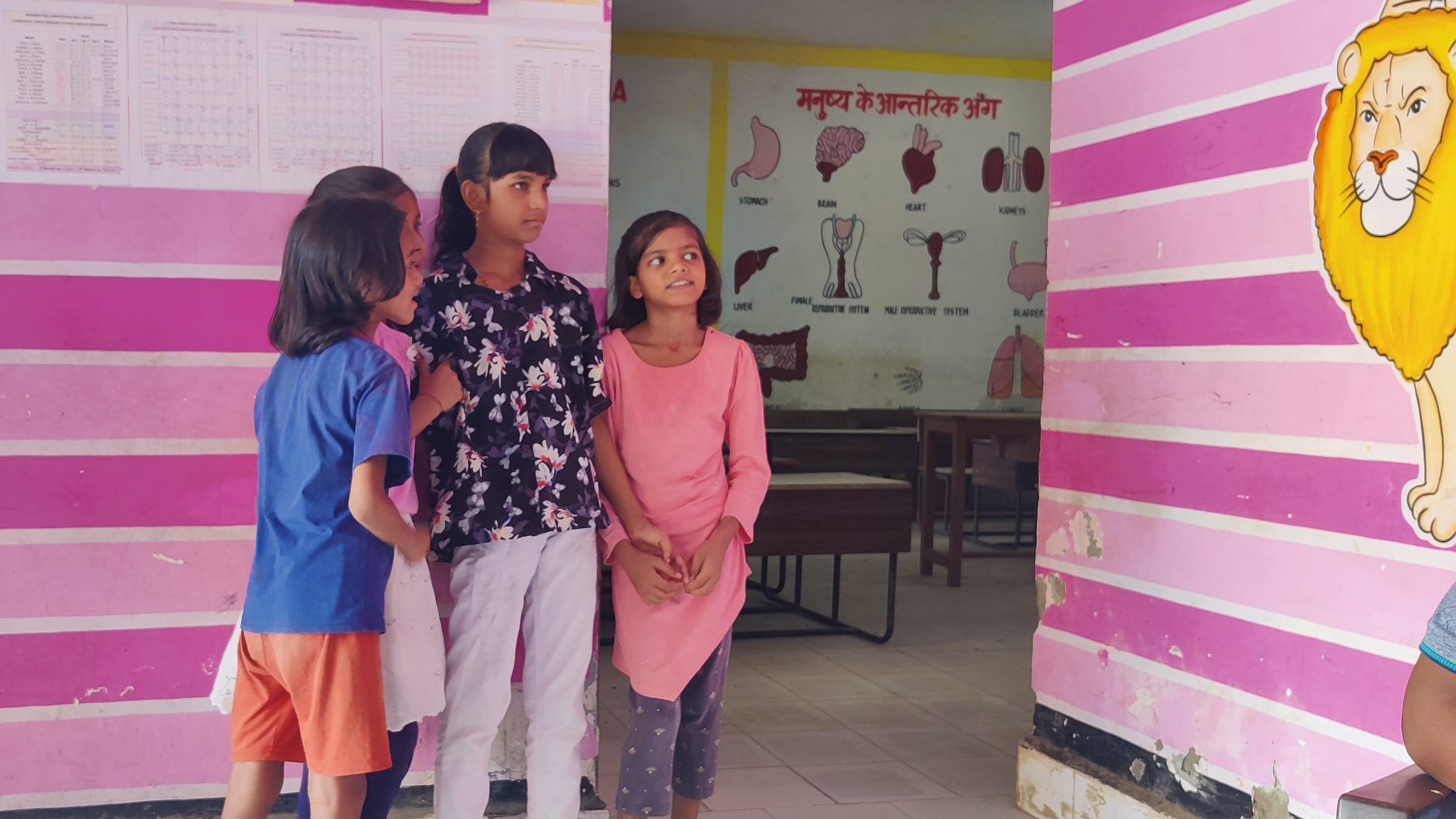
How students brought ISRO around
There are only dirt roads in Hasudi Ausanpur village. The drains are open and most of the houses have paint peeling off their facade. But a blue building in the middle of an open field gleams under the sun. It is India’s first primary school with its own space lab.
The seed for the idea took root in 2019, when Dilip Tripathi, the village pradhan, watched Mission Mangal, the Bollywood movie starring Vidya Balan and Akshay Kumar. The movie was panned by critics, but left Tripathi with a desire to learn more about India’s space programme.
ISRO’s response to the students’ email wasn’t encouraging. According to Tripathi, the sense among the scientists was that the Vyomika Space Academy was a premier space programme tailored for private schools.
He went down the internet rabbit hole where he stumbled upon an article on Vyomika Space Academy, an ISRO-backed educational platform that supports students with resources to get an early start in science and space education. Tripathi mentioned the academy in passing during a village event and forgot about it. But the children remembered.
“Some of them came to discuss it more. When I saw their interest, I encouraged them to write to ISRO to build a similar space programme in our village,” said Tripathi.
ISRO’s response to the students’ email wasn’t encouraging. According to Tripathi, the sense among the scientists was that the Vyomika Space Academy was a premier space programme tailored for private schools.
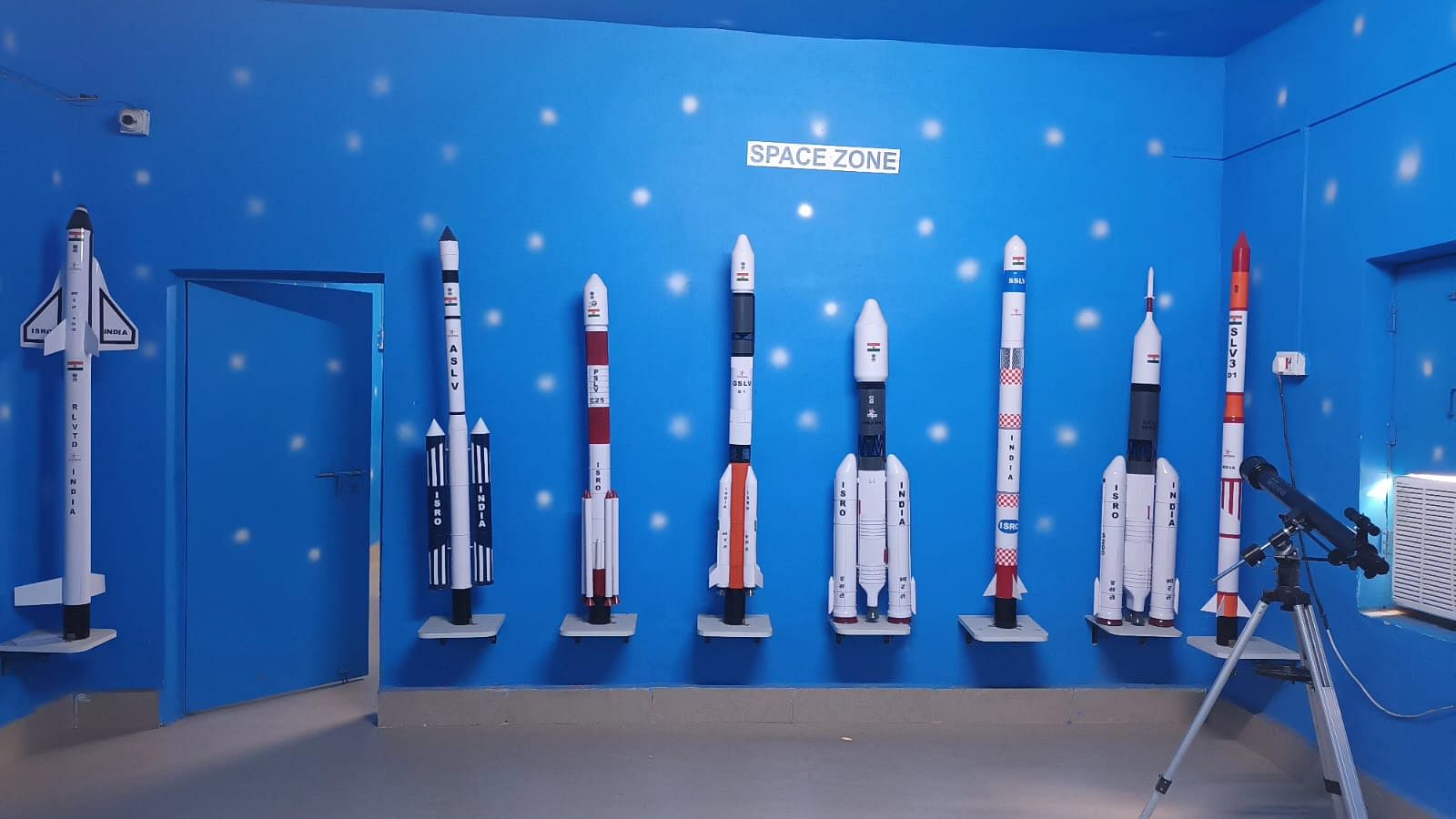
“The children were heartbroken. The understanding was that the students would not have the aptitude to cope with the demands of the course,” recalled Tripathi.
But the students were determined to prove ISRO wrong.
They followed up with another email. This time with a request—’let us prove ourselves’. They asked ISRO to conduct a test, and if a reasonable number of students clear it, then the space organisation must include their village in its prestigious programme.
ISRO could do little—90 students took the test; 55 cleared it. And thus began the journey of setting up the space lab and a full-fledged space education programme.
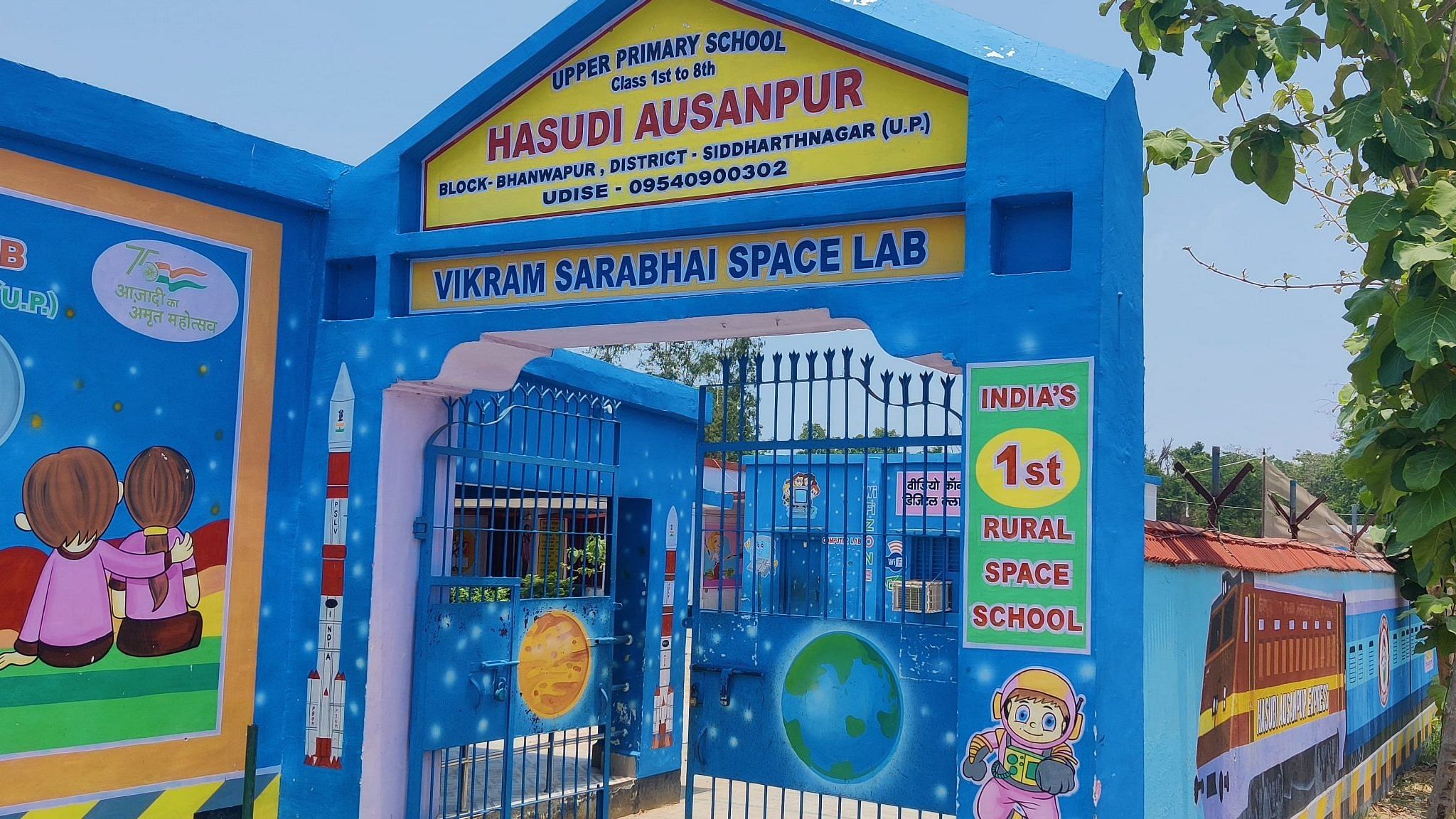
“There is a set programme, but students have taken the level a notch higher. They are bringing new ideas and questions, which is helping us improve,” ISRO engineer Rakesh Raj, one of the initial course directors, said.
Science in day-to-day life
Once the programme received an approval, teams from ISRO arrived and changed the face of the old, crumbling school building. Over the next few months, walls were painted, computers were brought in, and the lab was given a final shape.
At the space lab, children use science to solve their day-to-day problems. This often takes lessons beyond the confines of the classroom.
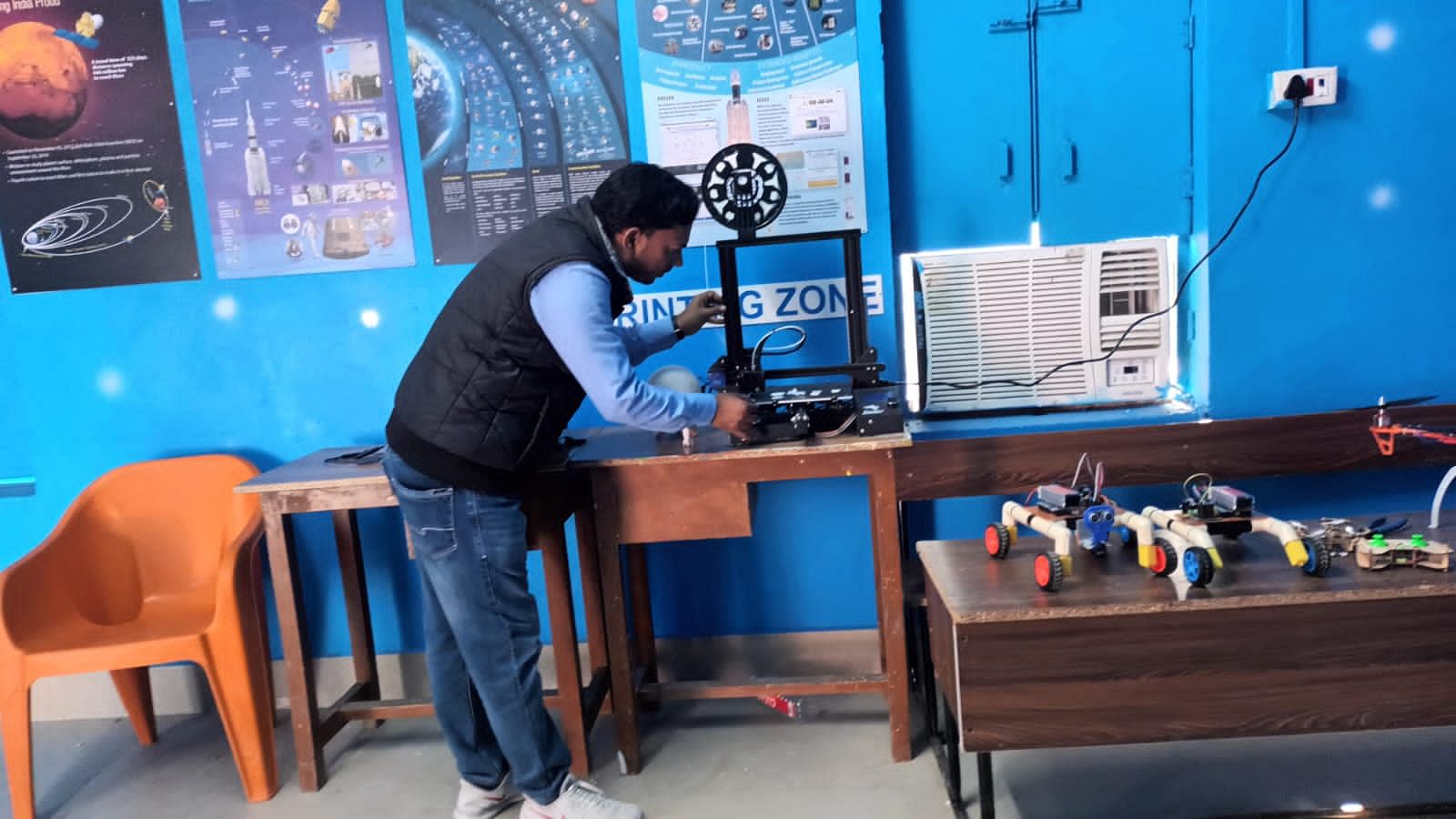
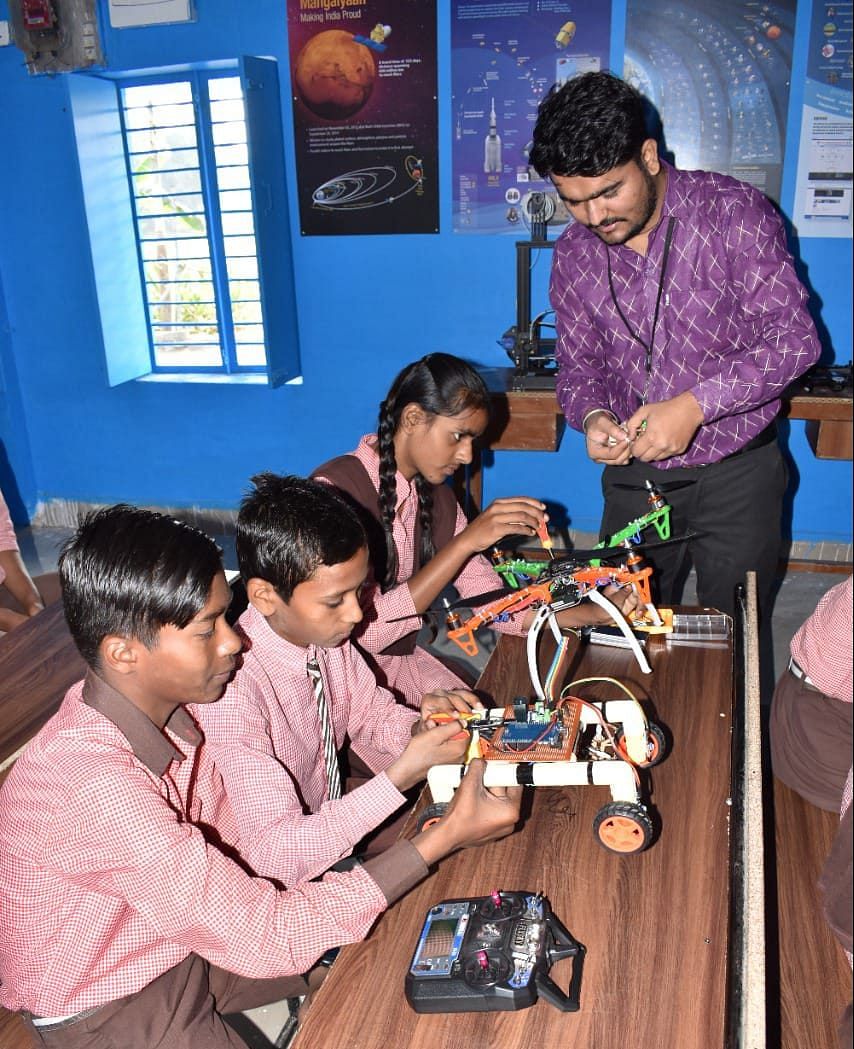
“Their exposure to the world is very different from what we have seen in city schools. They come with practical problems, which makes us think beyond the curriculum,” says Manoj Kumar, one of the teachers in the school. Kumar was among the eight teachers trained by ISRO under the Vyomika programme to assist in the classroom. While this group manages the programme from the school, guest teachers from ISRO oversee the functioning.
Garima, a 12-year-old Class 6 student who recently became eligible for the programme, saw an opportunity in solving the flooding problem. Every year, farmers in the village face significant crop damage because of flash floods from Nepal. There are no forecasts on these floods because of their small scale and impact.
She asked her teachers if an early warning system could be created to minimise damage.
We were told that an early warning system [to forecast small-scale floods affecting the village] might take more advanced technology intervention, but we were shown how drones can be used to monitor damage
— Garima, a Class 6 student of Hasudi Ausanpur upper primary school
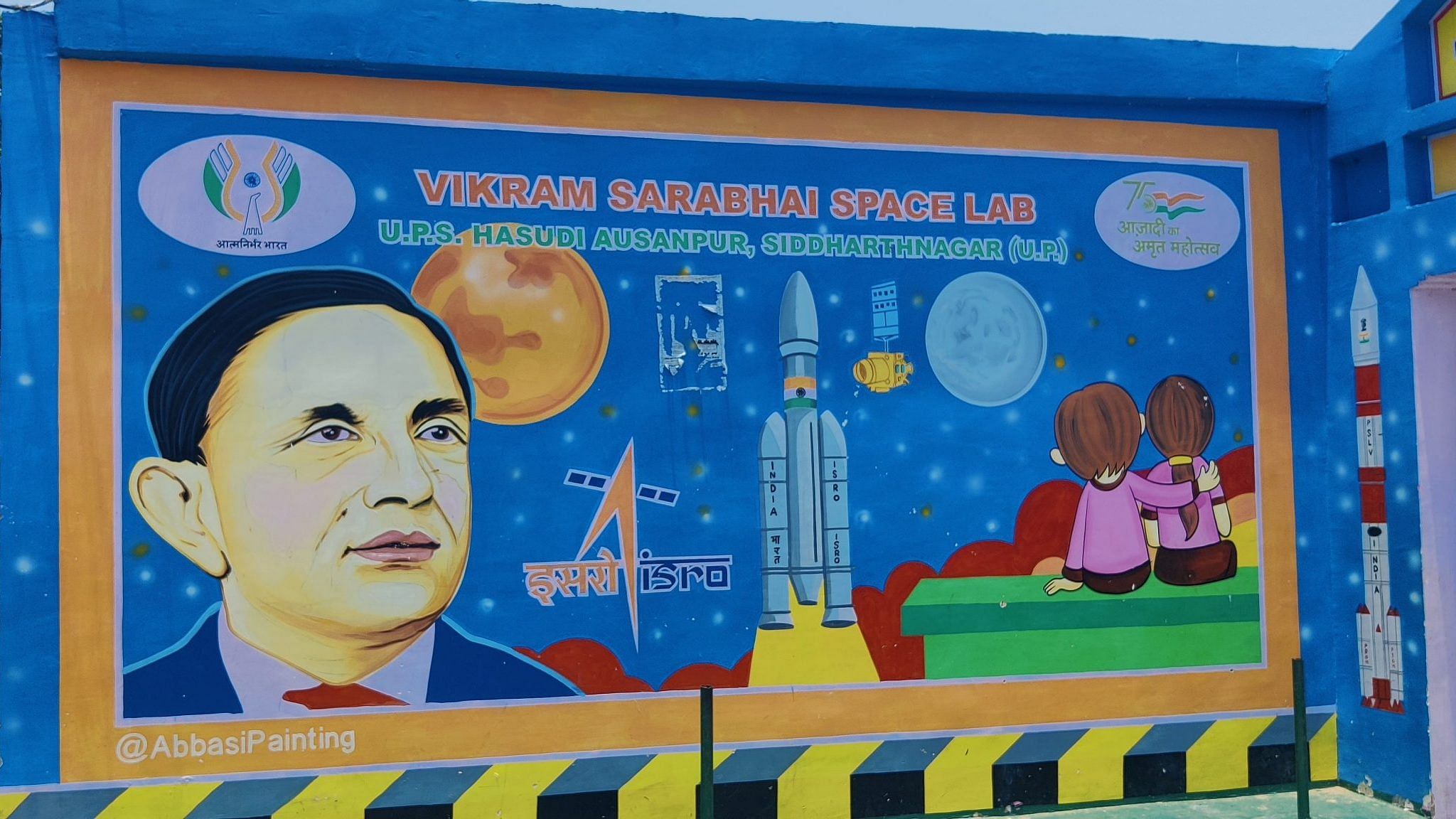
“We were told that an early warning system might take more advanced technology intervention, but we were shown how drones can be used to monitor damage,” Garima said, displaying her drone-operating skills. The Vyomika Academy is now arranging special sessions to work on the logistics of setting up such a station in the village, which will be managed by the students.
The students have also involved the villagers in their scientific pursuits. With the telescopes in their lab, they have been organising regular star-gazing events at the village square.
“When we were younger, our grandmothers would tell us that the black marks on the Moon are the silhouettes of an old woman who lives there. There is another version where the marks were the reflection of a huge Peepal tree,” said Avantika with a grin.
On these star-gazing nights, village elders peek at the Moon through a telescope and see the craters on the lunar surface.
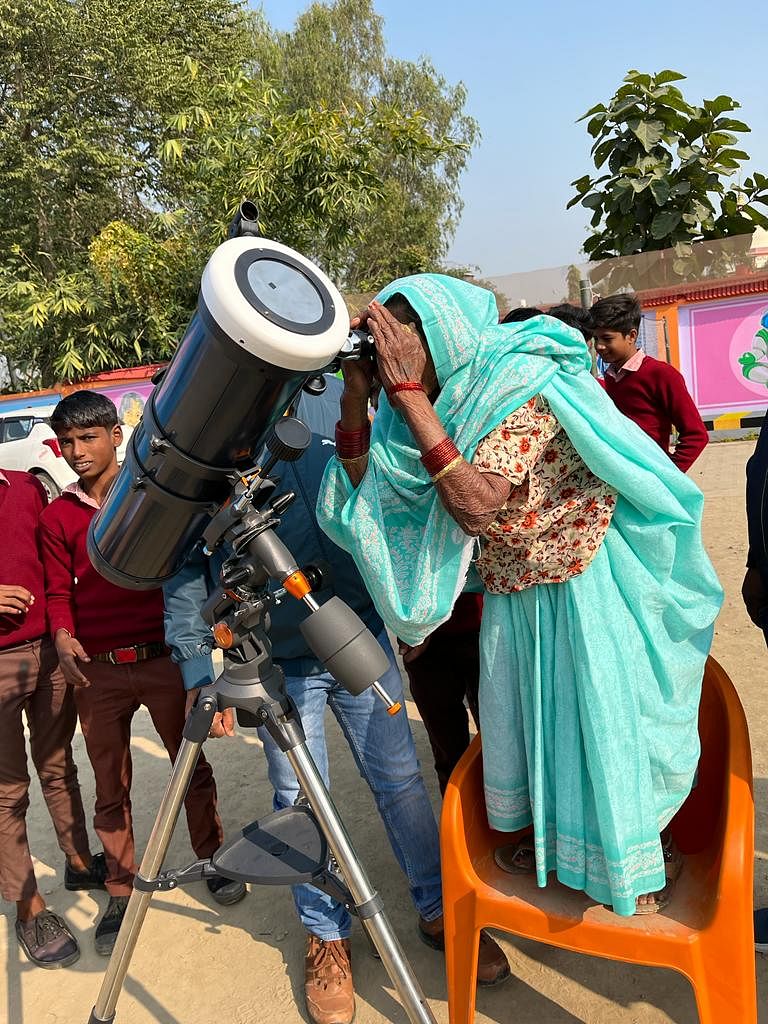
“Now they know these black dots are neither an old woman nor a tree. It’s just the cratered lunar surface,” she said.
Future plans
Students of the Hasudi Ausanpur upper primary school (Class 1 to 8) move to other institutions in the district for secondary education.
All of Avantika’s siblings and cousins moved to a government high school in a neighbouring village. But Avantika got a spot at a more competitive convent school because of her interest and education in science. She travels 15 km by walking and riding a bus to reach her new school.
We have discussed our plan to set up a weather forecasting centre. Most of the forecasts issued by the Met department [India Meteorological Department, IMD] are for the entire district. It is not localised. We want to start a weather station for the village, where we can issue early warnings
— Avantika Kumari, student
“I wish I could continue in the space lab and learn more from the teachers here, but I am also happy that my education has allowed me to get into a better school,” she said. Now, she is charting out her future to become a scientist at ISRO one day.
Payal, another student who completed her village schooling with Avantika, secured admission to a private school in Varanasi after clearing the entrance tests and interview.
And while they may no longer be part of the space lab programme, they are ready to put their learnings into practice in the village.
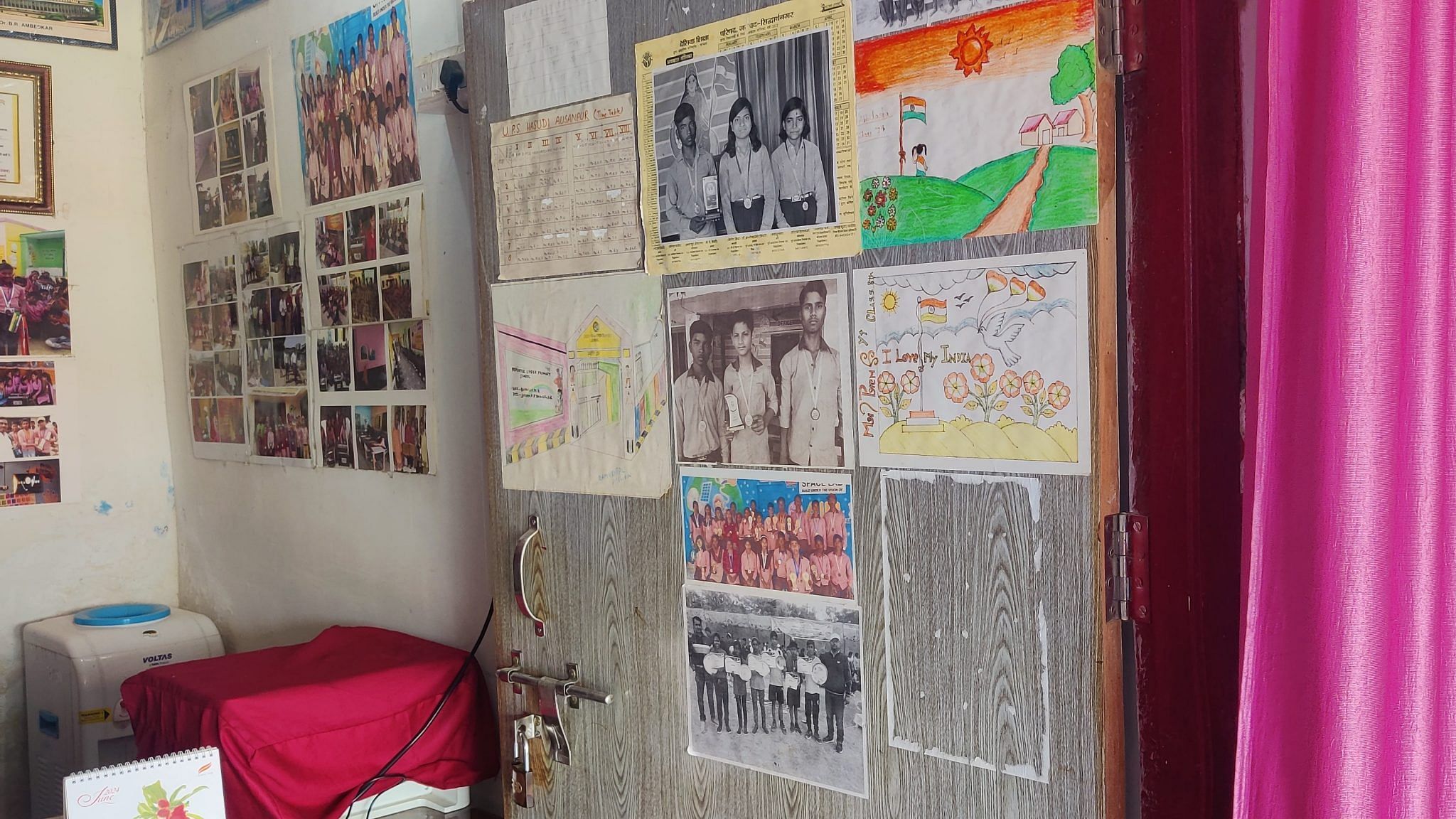
“We have discussed our plan to set up a weather forecasting centre. Most of the forecasts issued by the Met department [India Meteorological Department, IMD] are for the entire district. It is not localised. We want to start a weather station for the village, where we can issue early warnings,” Avantika said.
She dreams of the day when a graduate from the village will be able to fly to space on an ISRO rocket.
“India has plans to land a human on the Moon. It could be one of us one day,” she smiled.
(Edited by Prashant)



